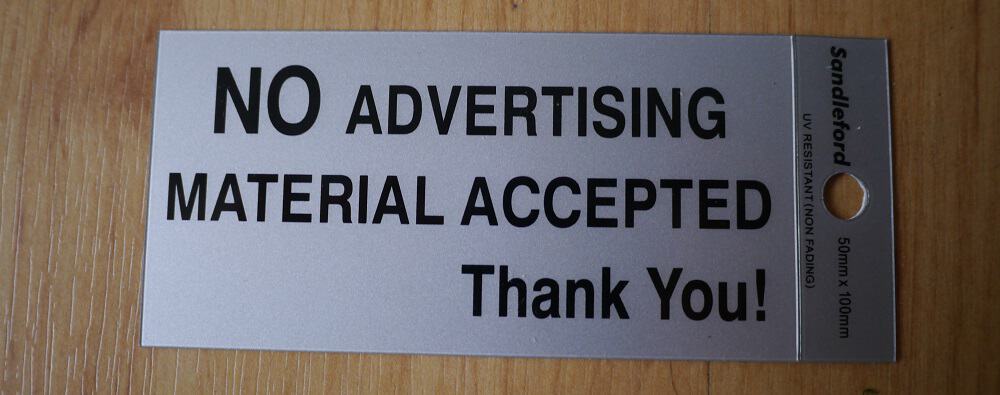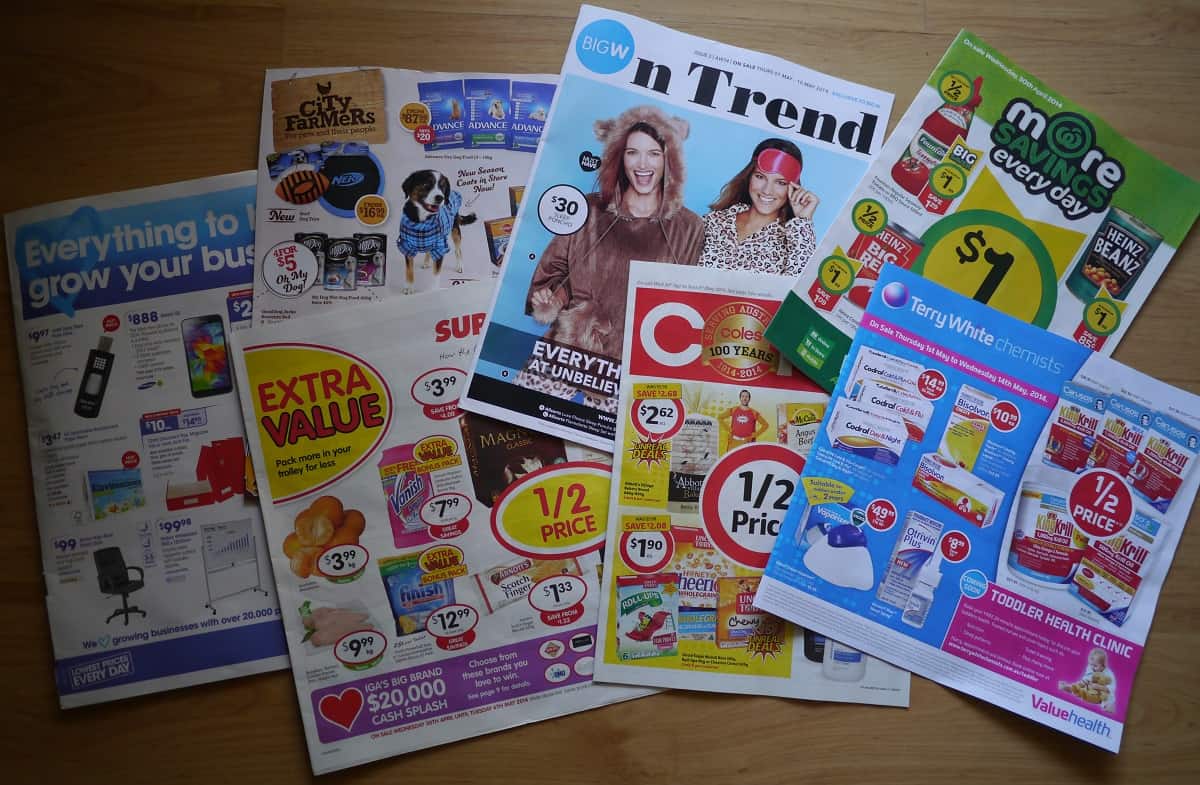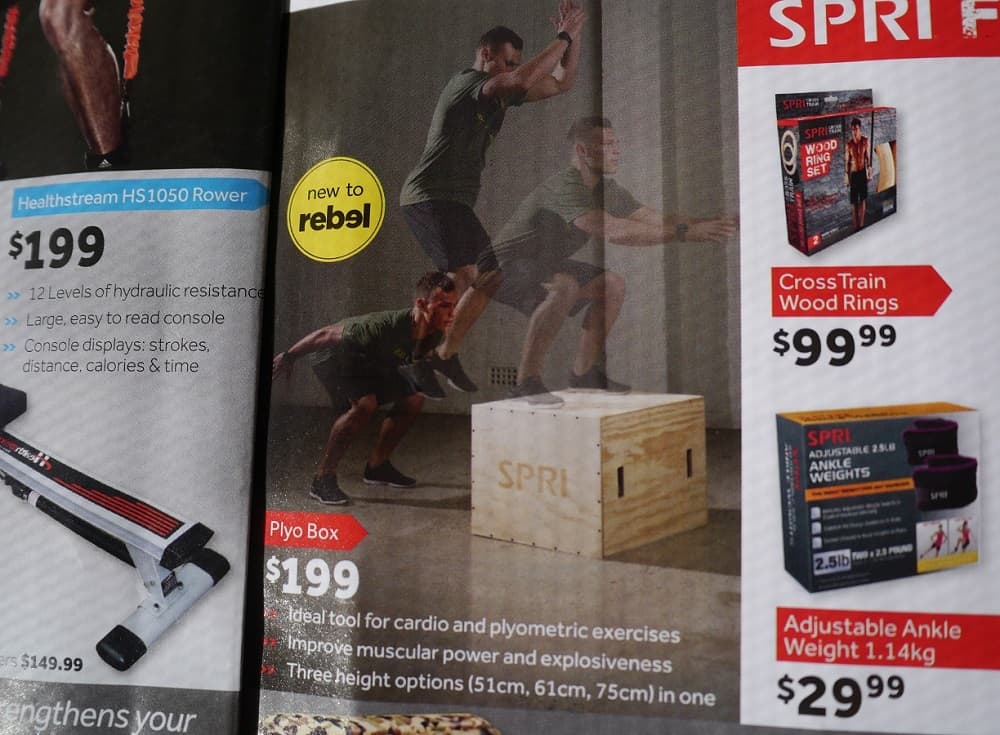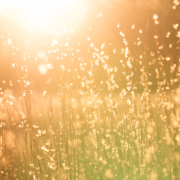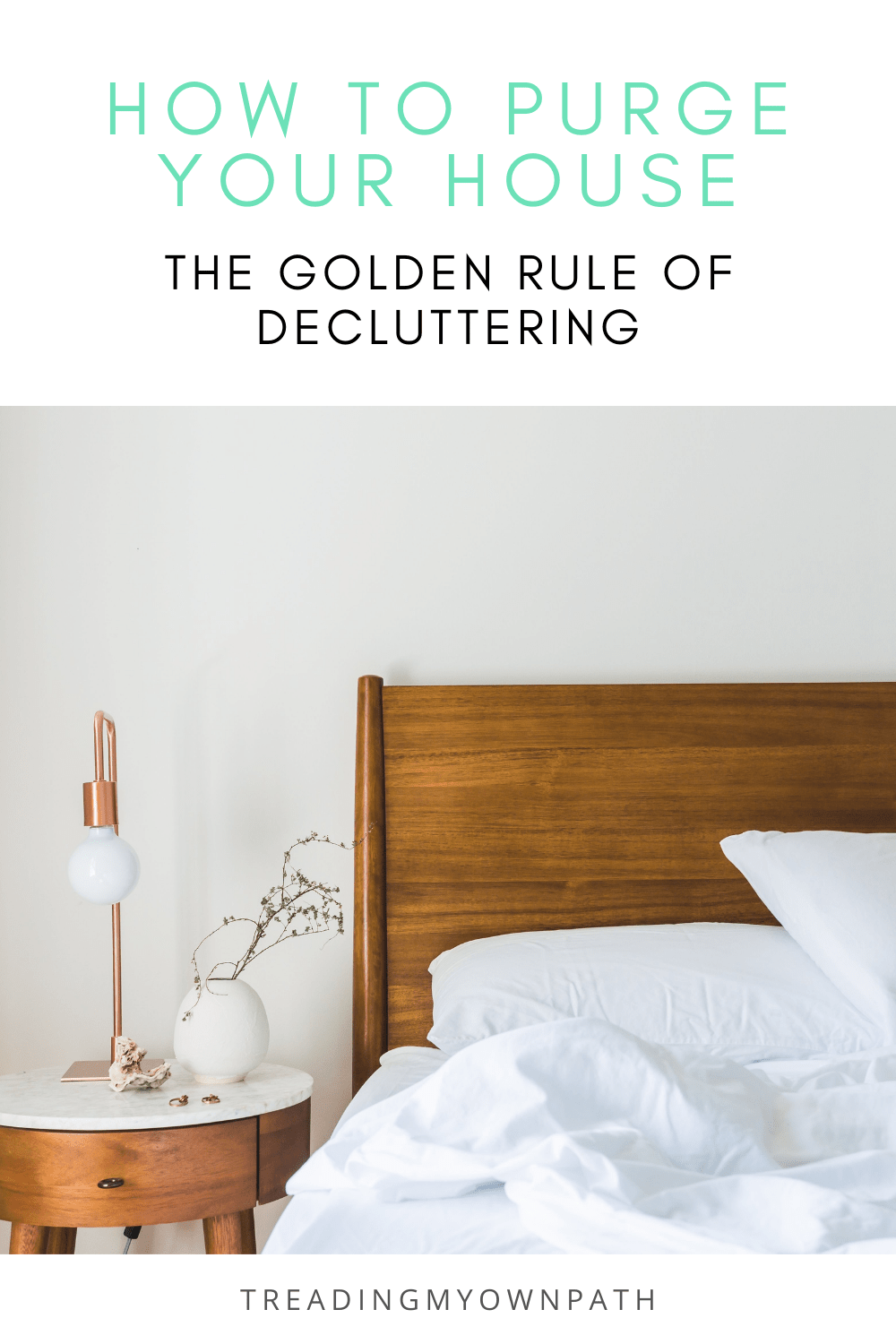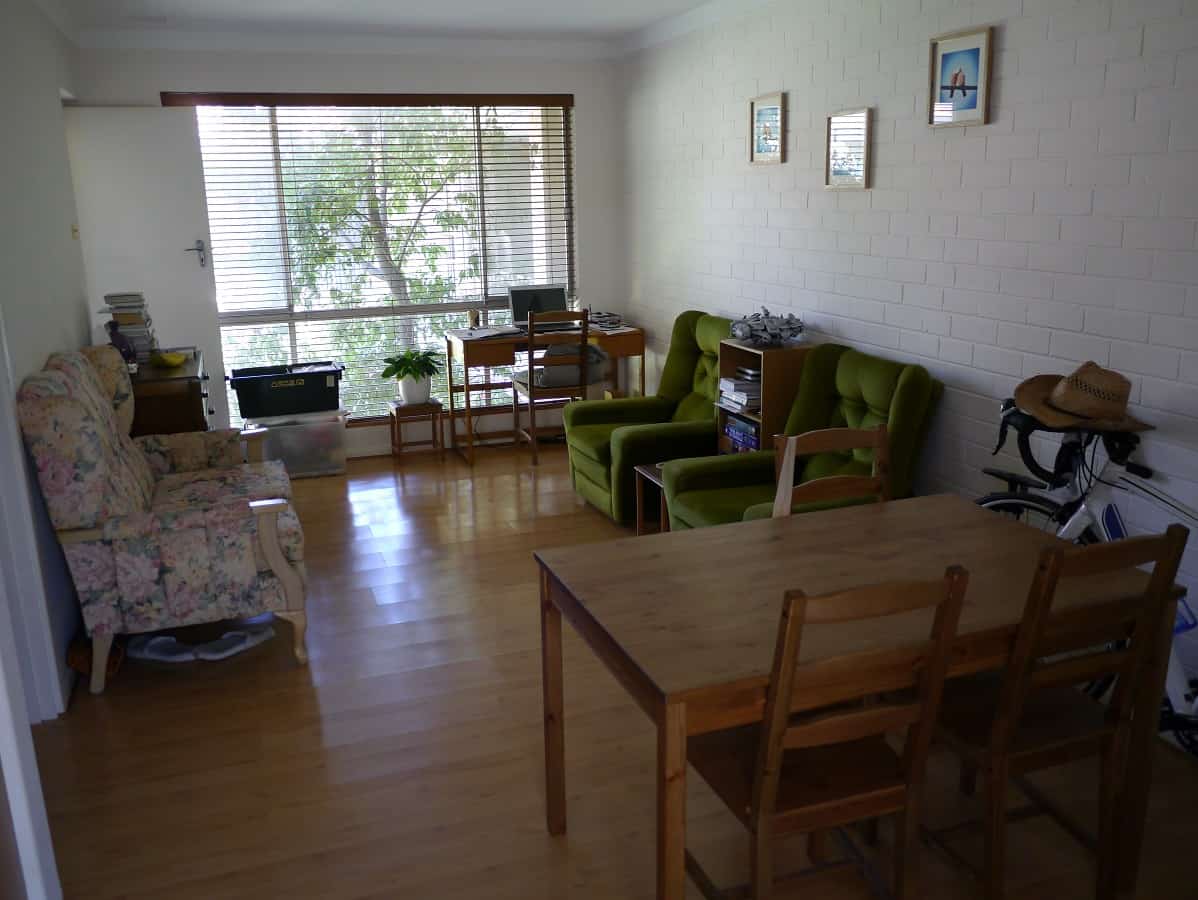The Scandalous Plastic in Tea Bags – Who Knew?
Oh tea-bags, you innocent-looking things, you. Thinking that just by turning yourselves into a delicious cup of tea I wouldn’t question you. In fact, I didn’t question you. Luckily for me, others did, which led me to this revelation: teabags contain plastic.
Last July I decided to switch to loose leaf tea because I found it hard to find teabags that were plastic-free. By plastic-free, I mean teabags in boxes neither smothered in plastic on the outside, or teabags wrapped in plastic inside the box instead. I also got thinking about how wasteful teabags were compared to loose leaf tea, and how much better the latter tastes.
But not once did it occur to me that the majority of teabags are actually made with plastic.
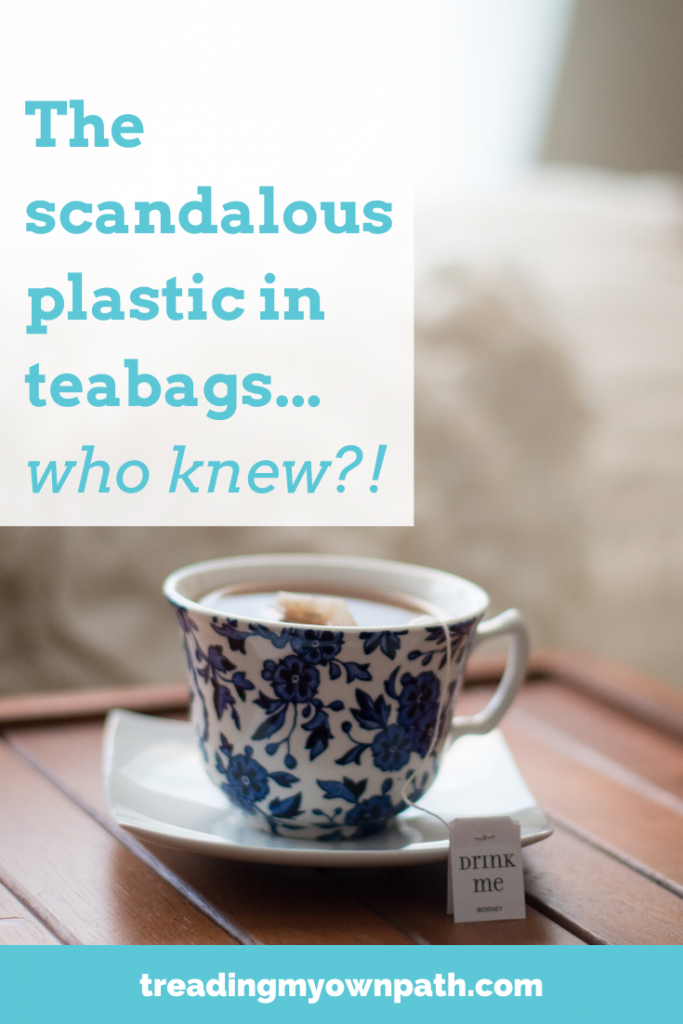
The First Revelation: Teabags Contain Plastic
Browsing the Trashed website (read my review of this powerful documentary), I came upon the list “10 Small Things”. Nestled between “Use a wooden toothbrush” and “Shop at the Farmers’ Market” (both things I’ve discussed here many times!), I found this: “Have a nice (for the environment) cup of tea”. It turns out that teabags are actually only 70-80% biodegradable because they also contain polypropylene!
Not only that, but apparently 165 million cups of tea are drunk in the UK alone every day. So whilst the plastic in one teabag might seem negligible, all those cups of tea are actually contributing surprisingly to plastic waste.
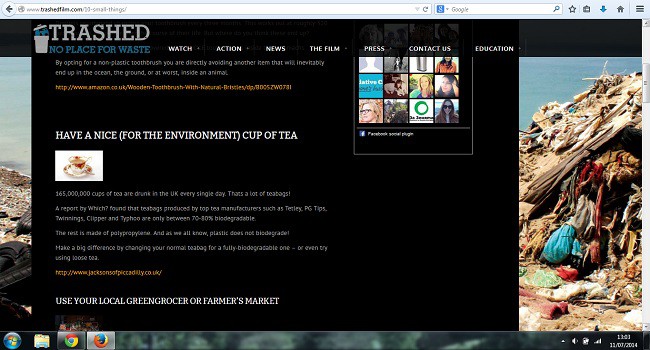
Sneaky screengrab from the Trashed film website: One of their ten tips for reducing waste is using loose leaf tea – because teabags contain plastic!
Revelation Two: Almost ALL Teabag Manufacturers Use Plastic in their Teabags
Feeling like an investigative journalist, I dug out the 2010 Which? article which found that the majority of teabags, including those by PG Tips and Teadirect, contained polypropylene (plastic #5). In fact, they only found one brand that didn’t: Jacksons of Picadilly. A Guardian article also published in 2010 stated that (according to the UK Tea Council) 96% of those 165 million cups of tea drunk in the UK every day were made with teabags. It also revealed that Twinings, Clipper, Tetley and Typhoo also make their teabags using plastic.
Twinings! I was so pleased last year when I thought I’d finally found a plastic-free brand of teabag. Now I find that they may not use plastic in their packaging but they’re using it in the actual teabag!
Something else caught my eye in the article, and it made me really mad. It’s a quote from Teadirect’s Whitney Kakos (who according to the internet, was the Sustainability Manager for Teadirect in 2010). She said: “Most consumers don’t notice [the polypropylene] and probably don’t care.”
Well I’ve noticed, and I care, and I don’t think I’m the only one!
Revelation Three: The Research is OLD but the findings are CURRENT
These articles were written in 2010, which was four years ago, so it’s possible that things have changed. Whilst I was busy researching all of this, by chance (or destiny?!) another plastic-free blogger @Westywrites was doing her own research into teabags, and contacting all the companies in question asking whether they still use plastic in their teabags.
Not writing letters and sitting patiently for a reply, she was straight onto Twitter to find out what was going on.
Here’s what she asked:
[Dear Tea Company] Can you please let me know if you use plasticisers, or a similar material, in your tea bags? Thank you.
Here are the answers (so far):
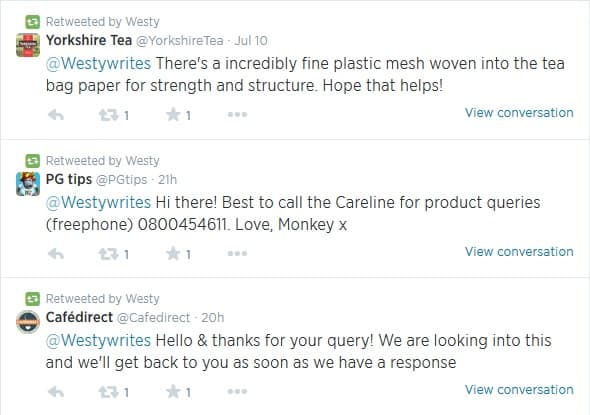
(There’s since been a phone call to PG Tips, who confirmed that yes, their teabags contain plastic).
Revelation Five: The World’s gone Mad
This is the final revelation: something I discovered yesterday. You can now buy tea in individual plastic pods (like the coffee pods)!
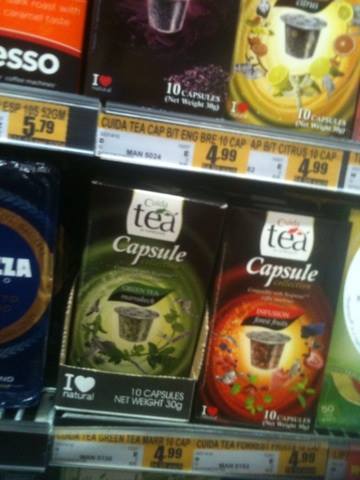
Individual portions of tea in individual single-use plastic pods. What a waste. Photo borrowed from my friend Amy.
These aren’t teabags containing plastic, they’re worse! Individual plastic pods with single portions of tea! What’s wrong with the world? How hard is it to use a teabag? A plastic-free one, actually, might be fairly hard. Okay then, how about just using a teapot and strainer?!
The Solution: Drink Loose Leaf Tea!
The best zero-waste option for tea drinkers everywhere is to make the switch from teabags to tea leaves. The tea is superior quality and tastes far better, and you’re helping keep plastic out of the environment.
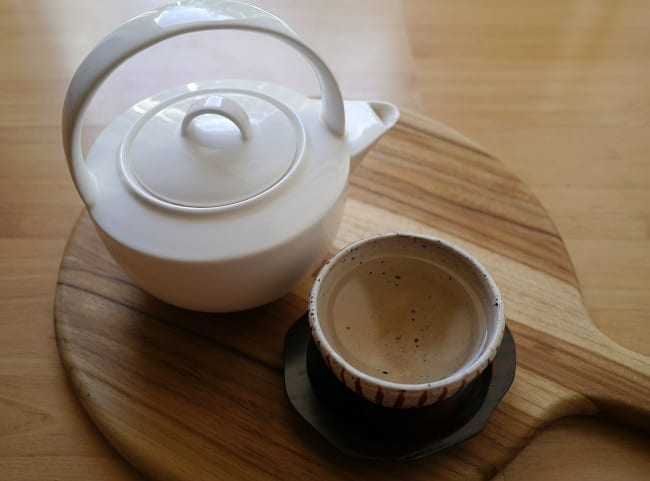
Use a teapot, brew some proper tea leaves and enjoy a refreshing plastic-free cup of tea. Just remember to use a strainer!
Now I want to hear from you! Did you know that teabags contained plastic? Are you as mad as me about this?! Do you use teabags or are you already a loose leaf tea drinker? Please let me know your thoughts in the comments!
Footnote – Because of the popularity of this post, I wrote another in 2018 with more details as to exactly what is in each type of teabag, and how you can tell if they contain plastic or not. More details here.
[leadpages_leadbox leadbox_id=1429a0746639c5] [/leadpages_leadbox]

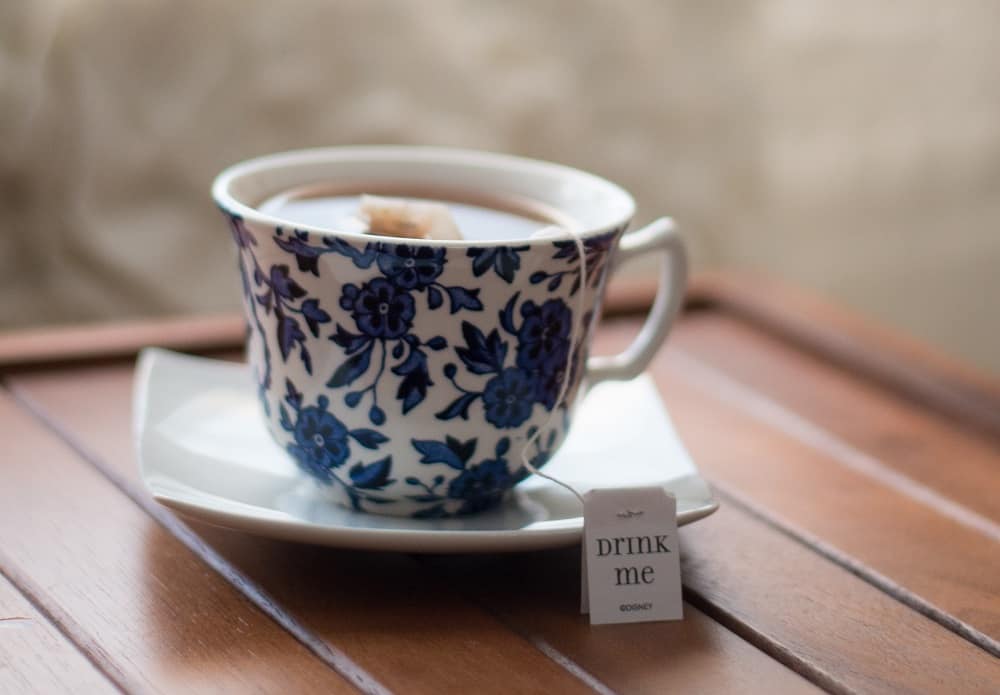
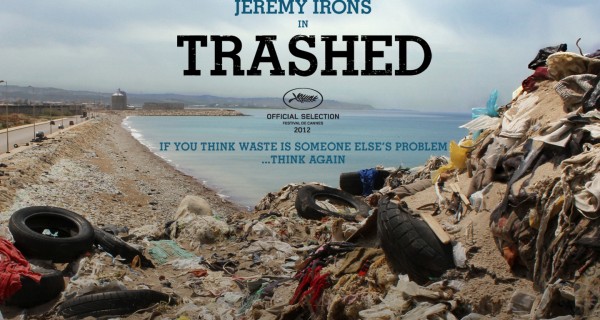

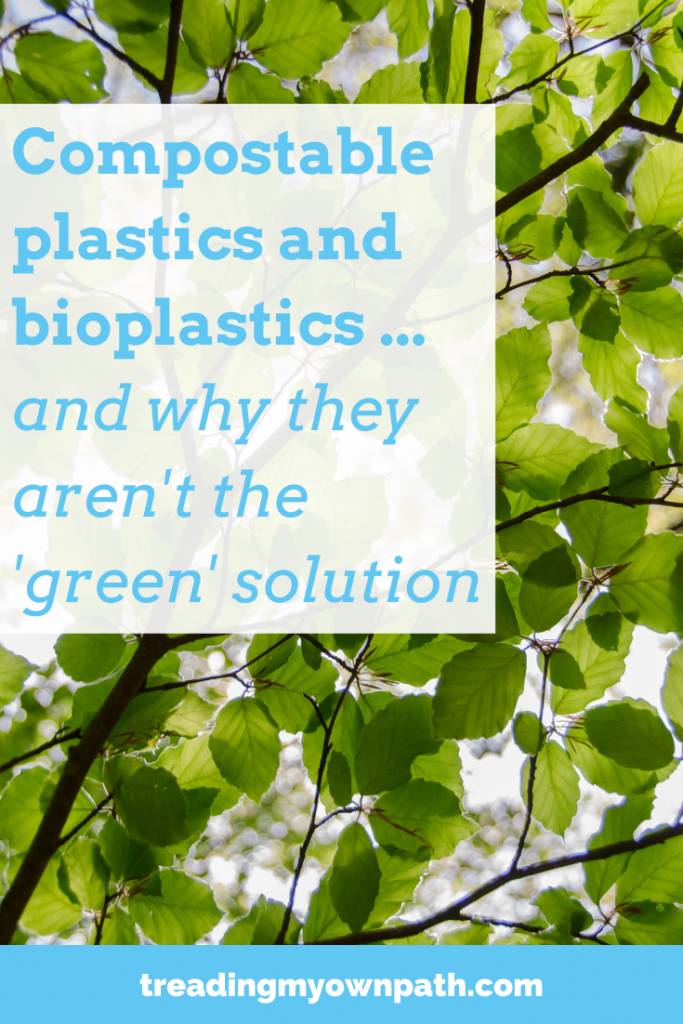
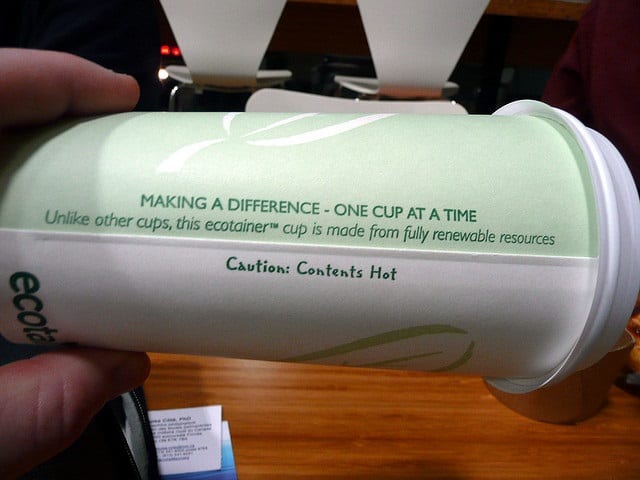

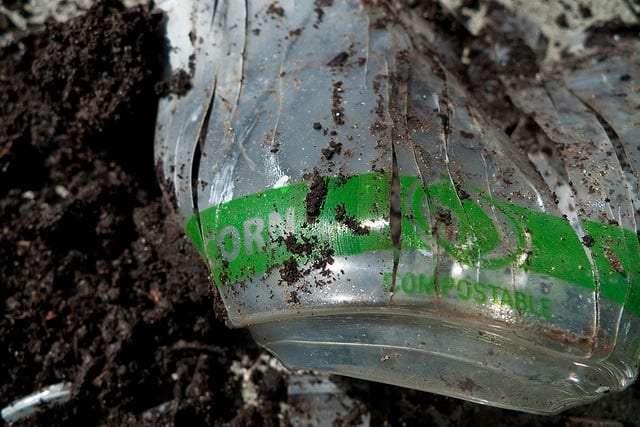
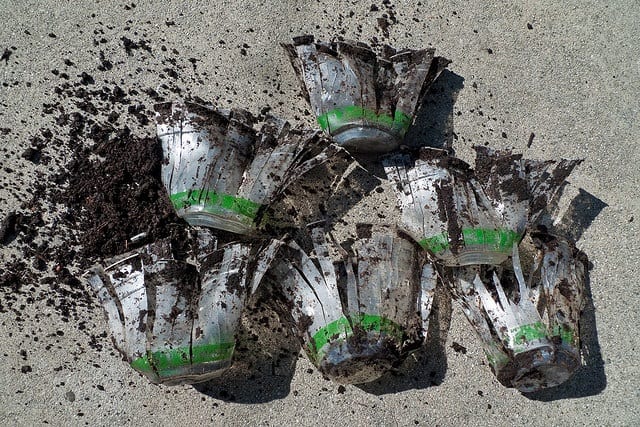
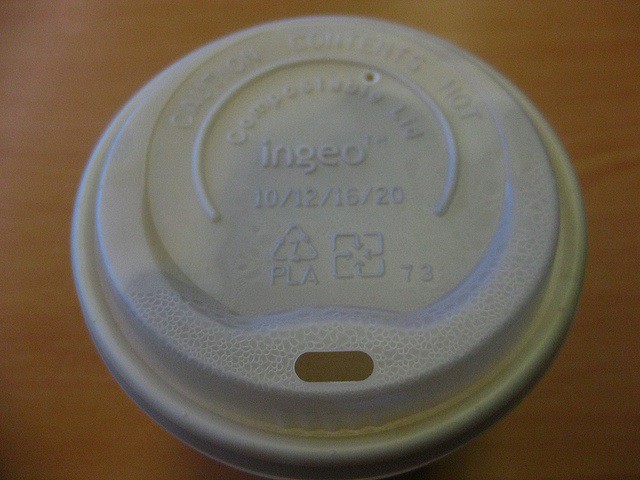
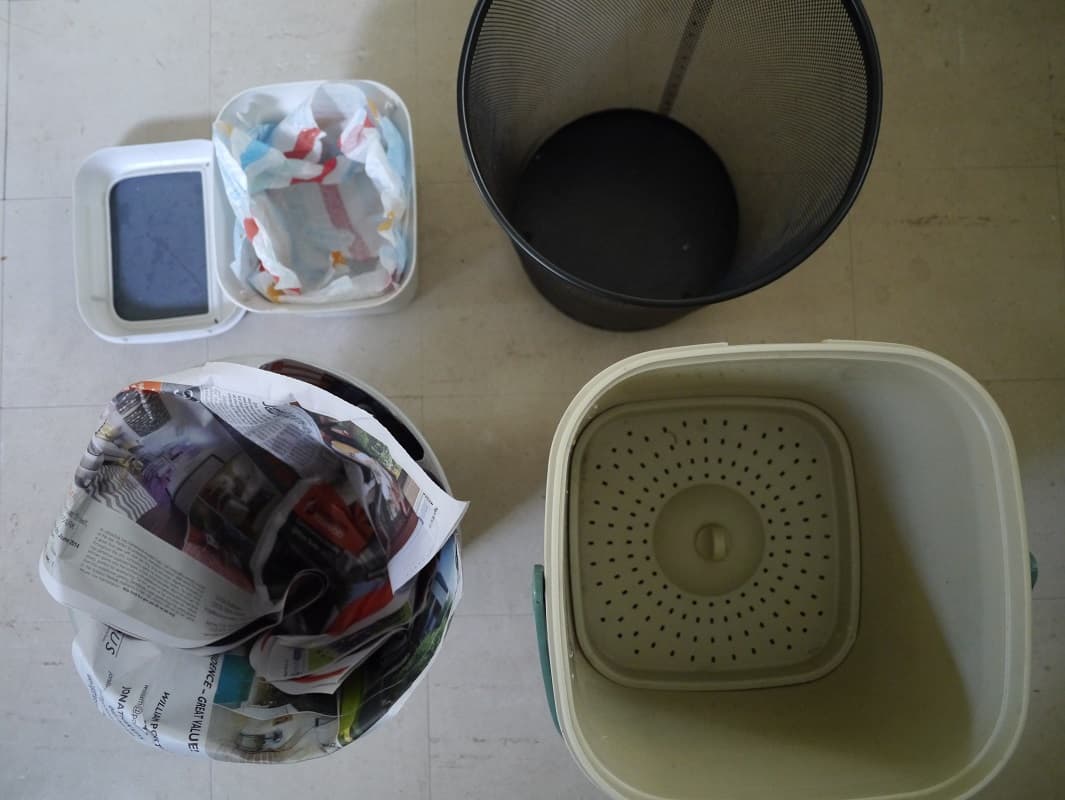
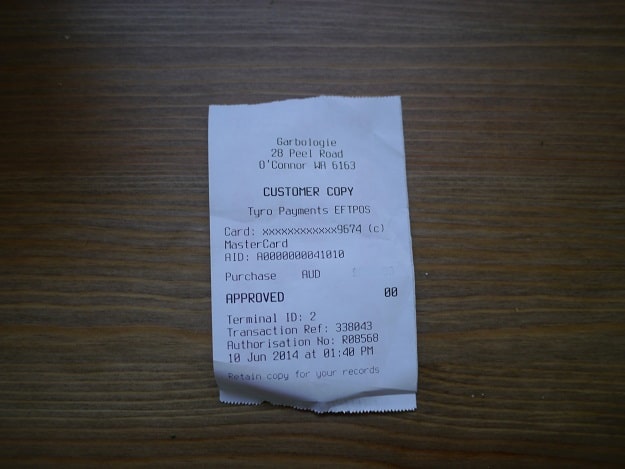
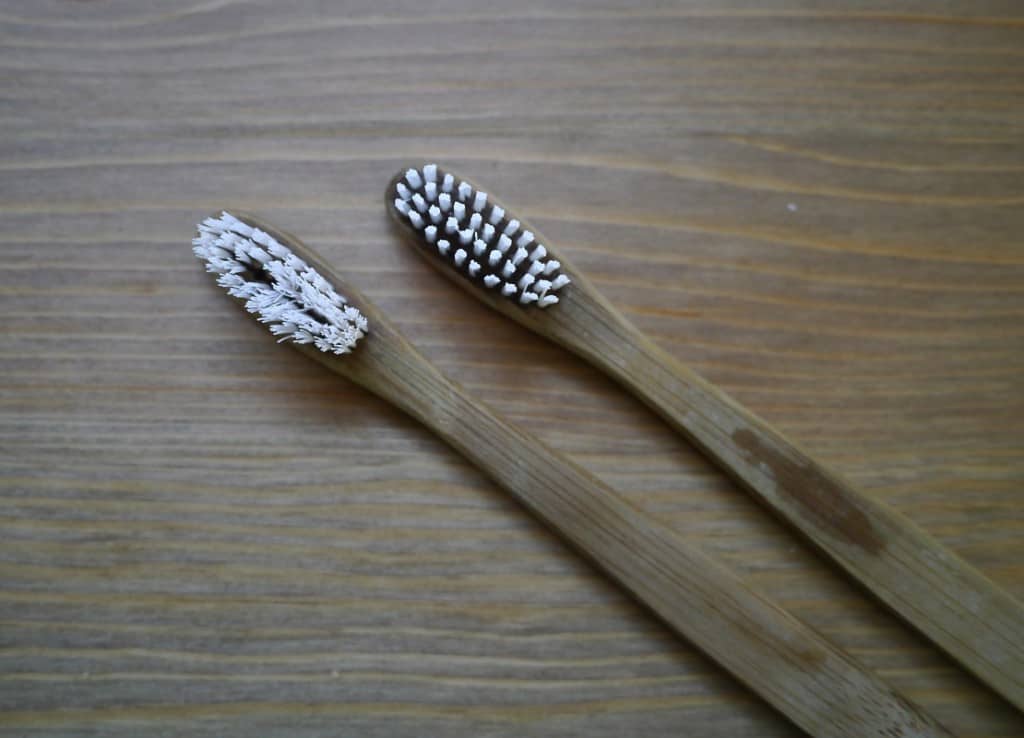
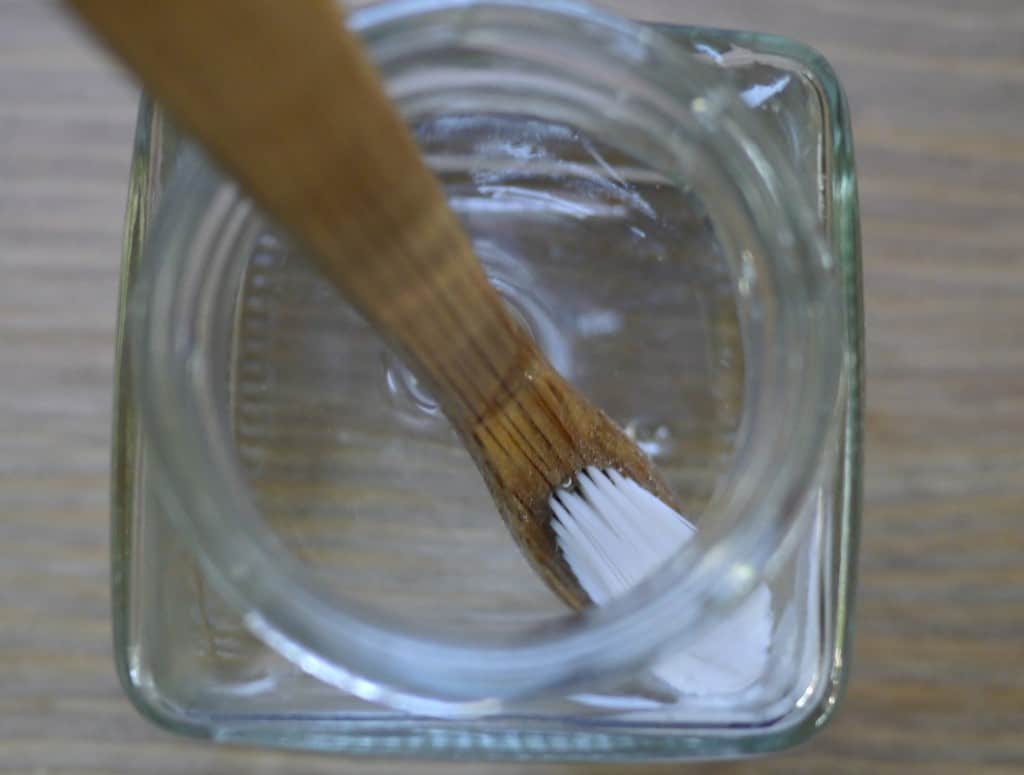
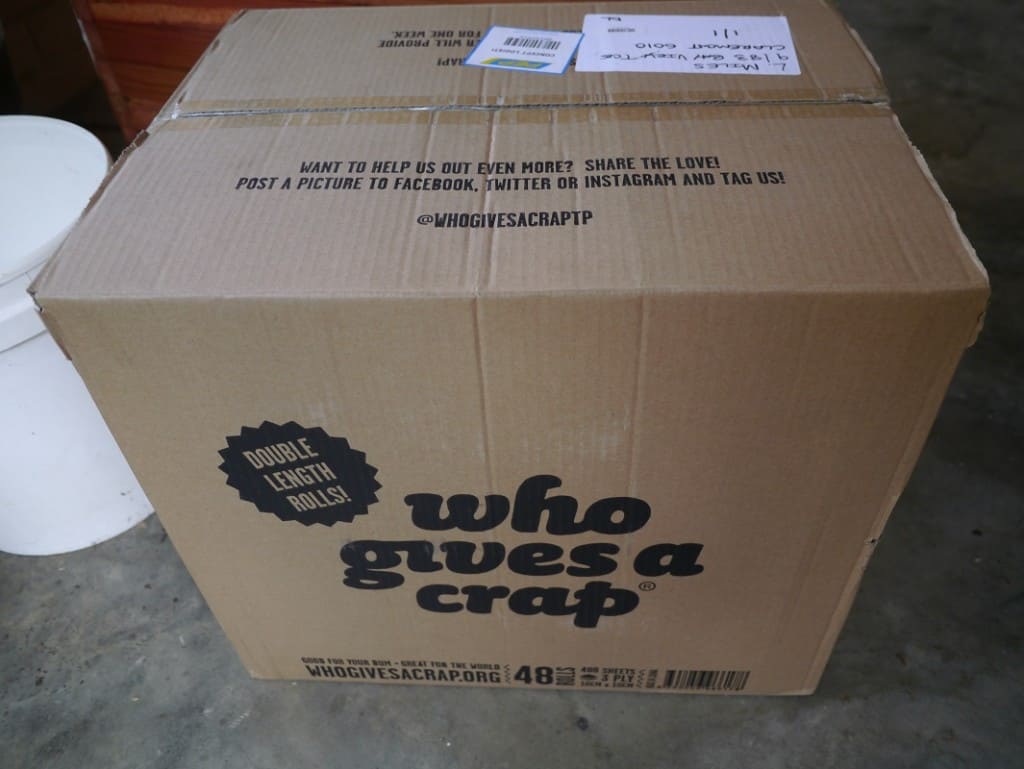 I should probably add that my zero waste week does not extend to toilet paper. I’m still using regular toilet paper in all its single-use disposable glory! Even if it isn’t being sent to landfill, technically it’s waste as it’s going into the toilet, but reusable cloths are not happening in this house any time soon. Even if I was up for it (and I’m not), there is no way I’d convince my boyfriend!
I should probably add that my zero waste week does not extend to toilet paper. I’m still using regular toilet paper in all its single-use disposable glory! Even if it isn’t being sent to landfill, technically it’s waste as it’s going into the toilet, but reusable cloths are not happening in this house any time soon. Even if I was up for it (and I’m not), there is no way I’d convince my boyfriend!
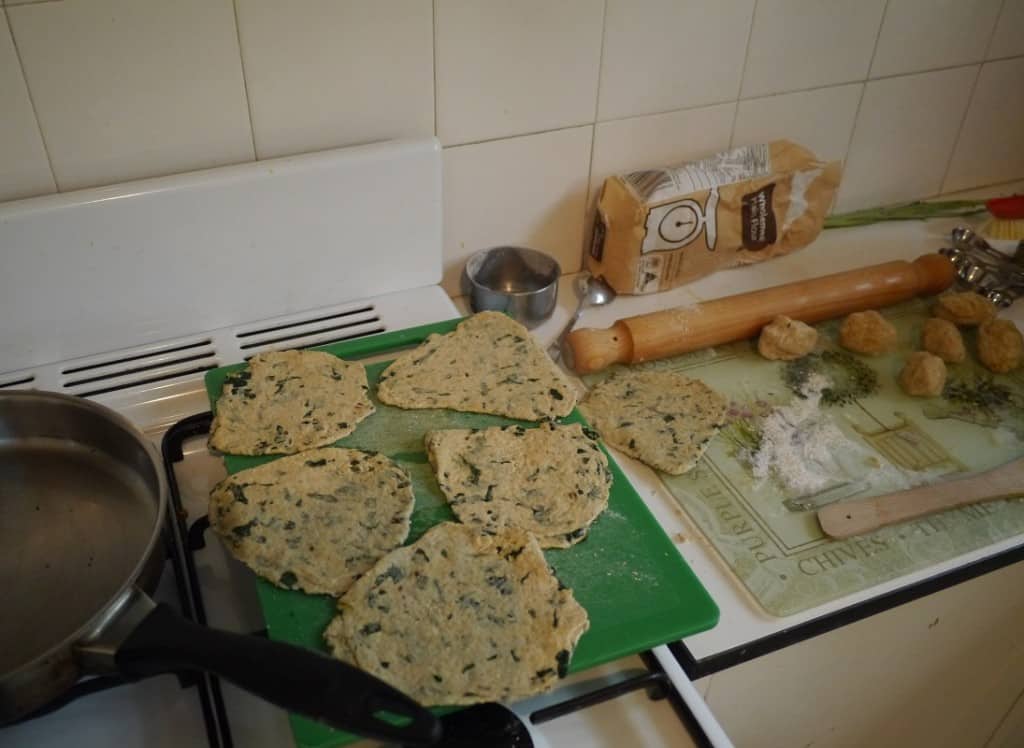
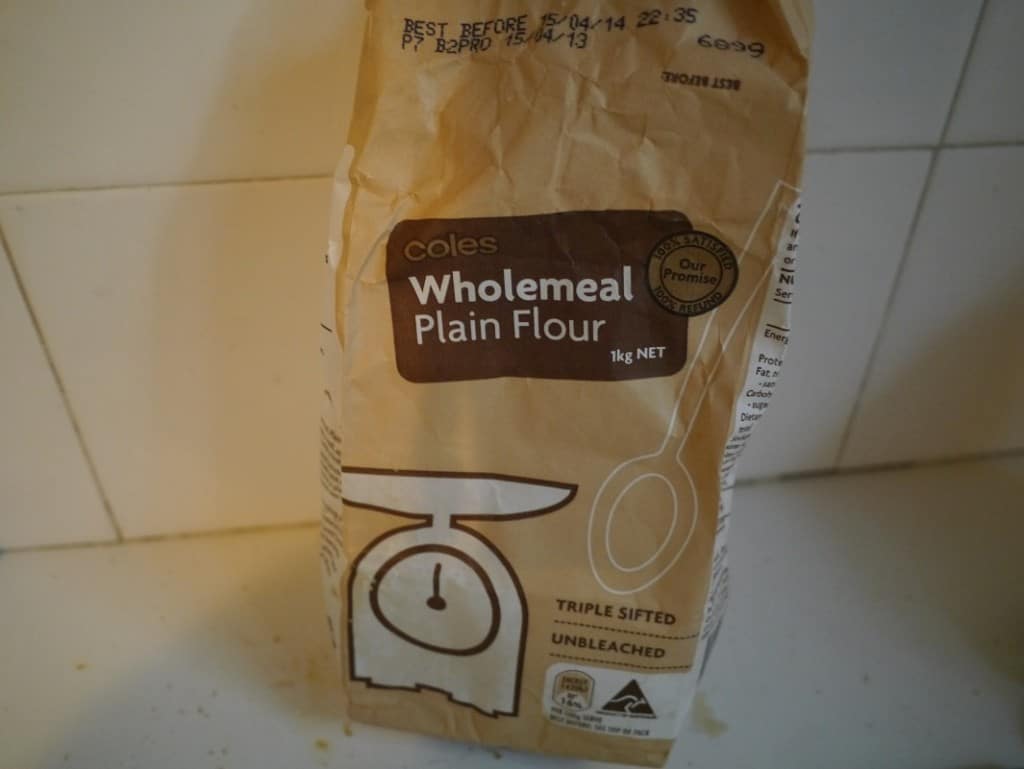
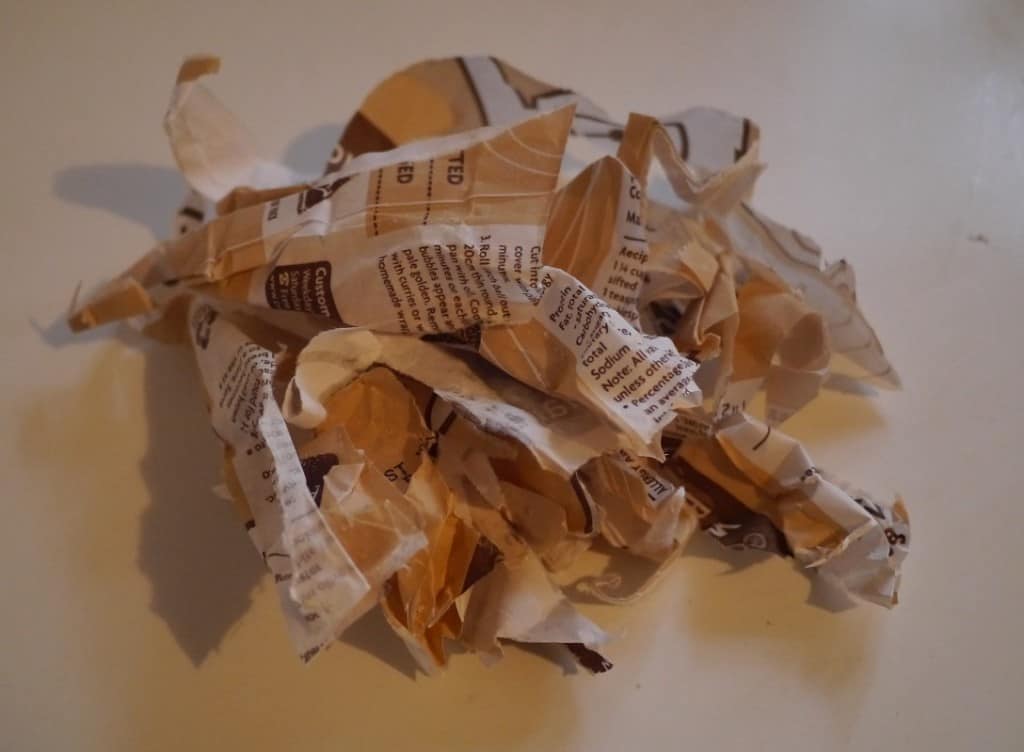
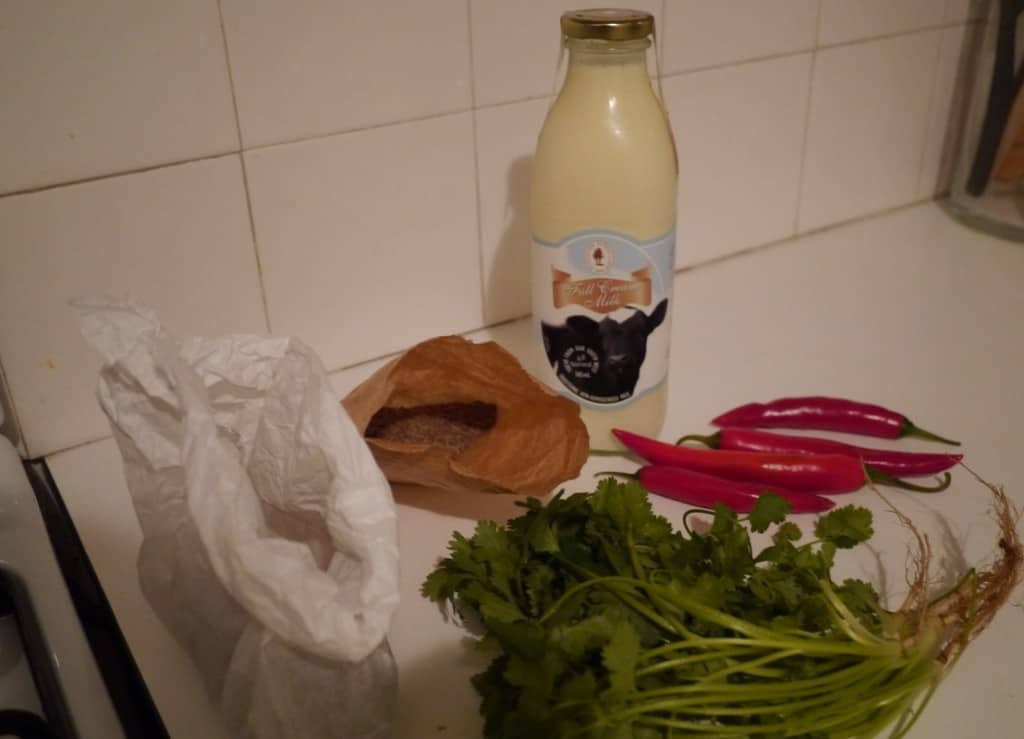
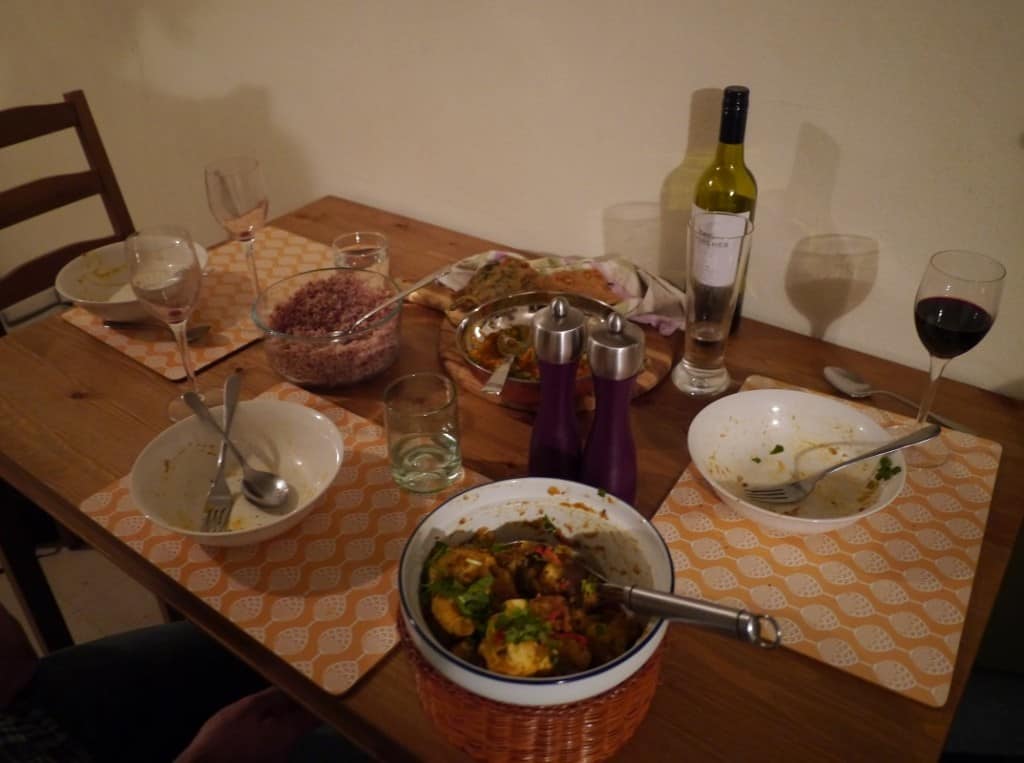
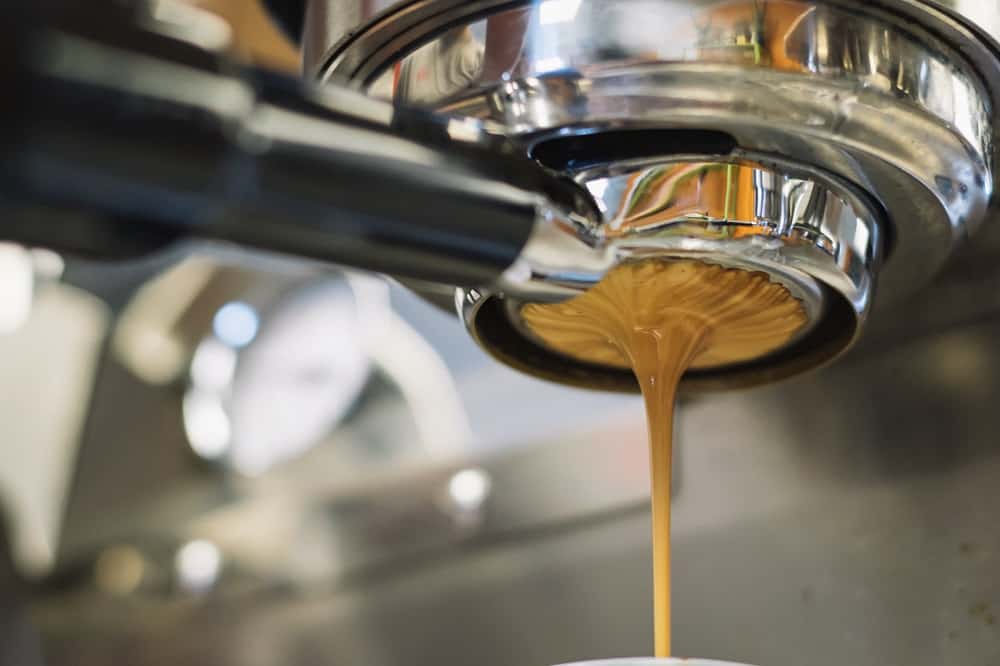


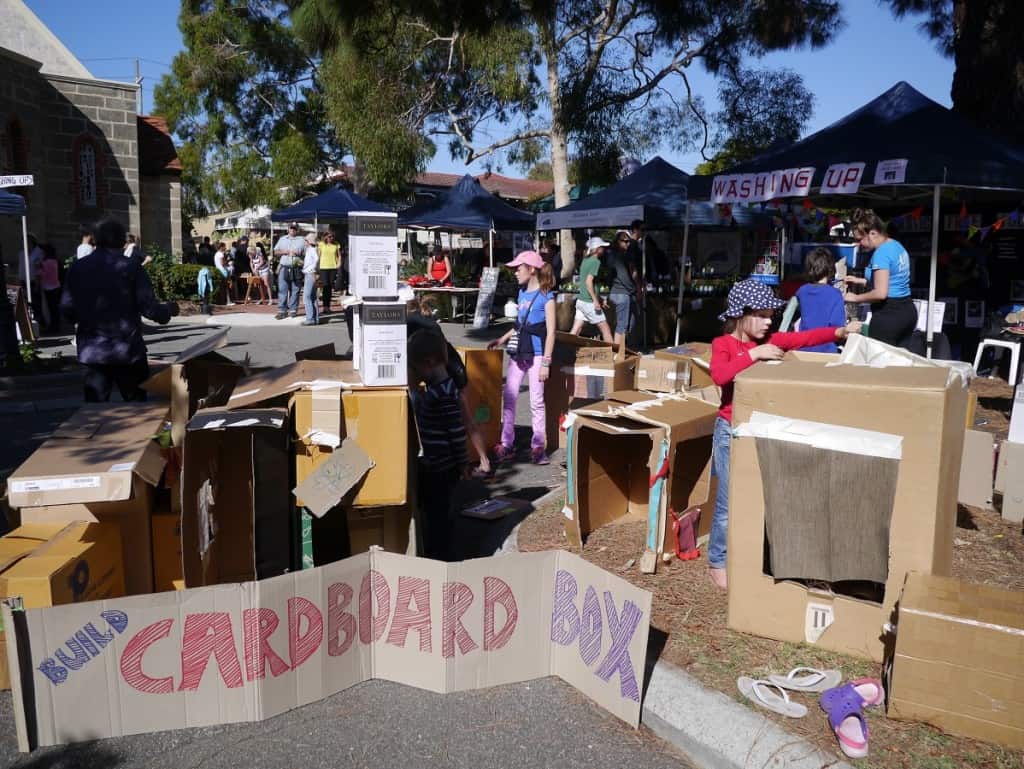
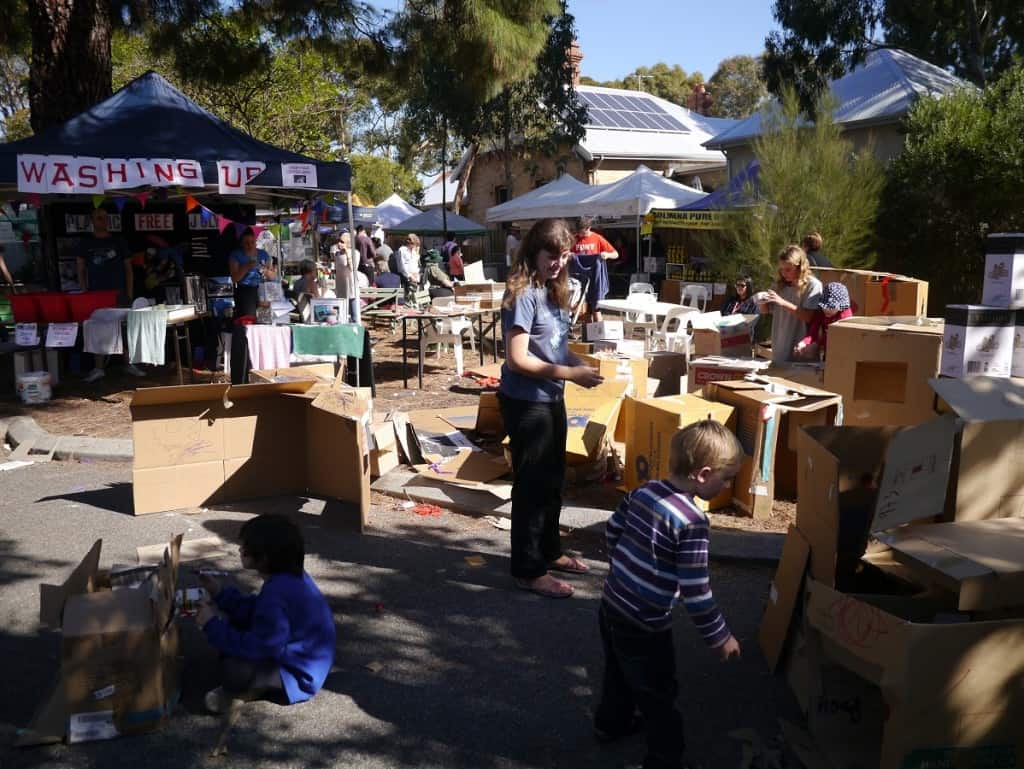

 The cake is a chocolate pear rosemary cake that’s gluten- and dairy-free. You can find the recipe
The cake is a chocolate pear rosemary cake that’s gluten- and dairy-free. You can find the recipe 